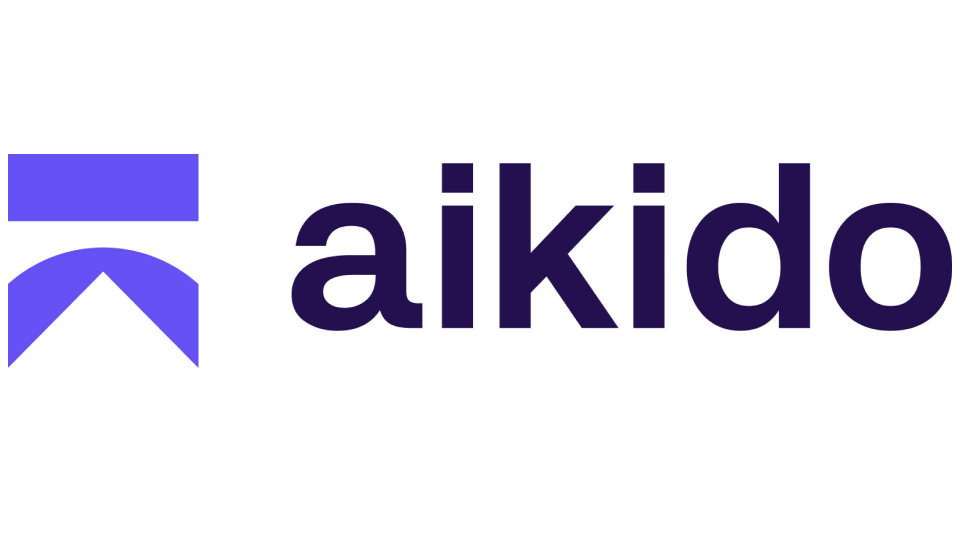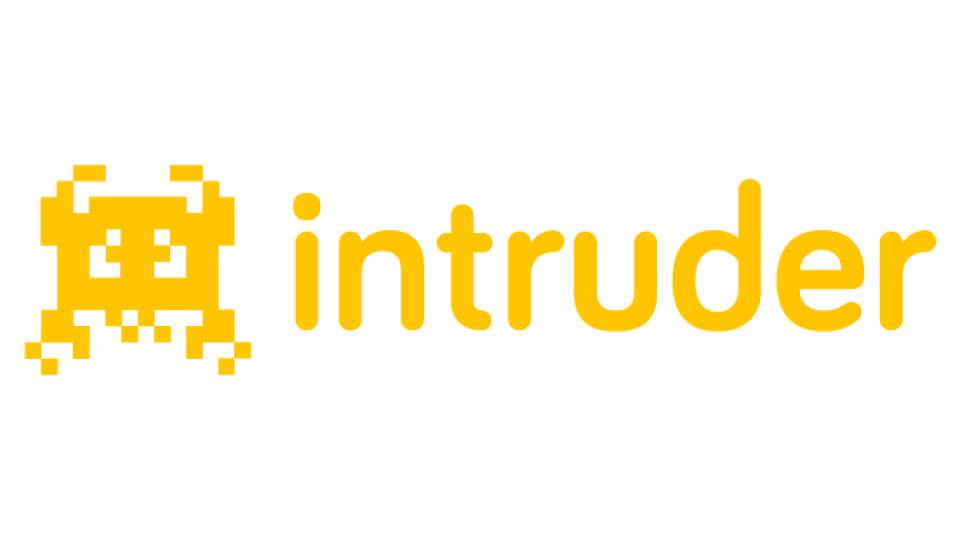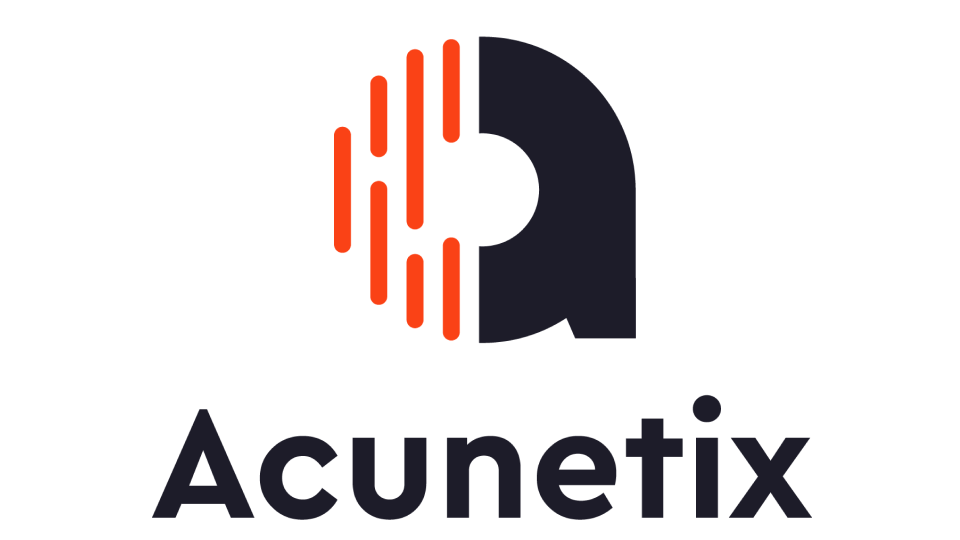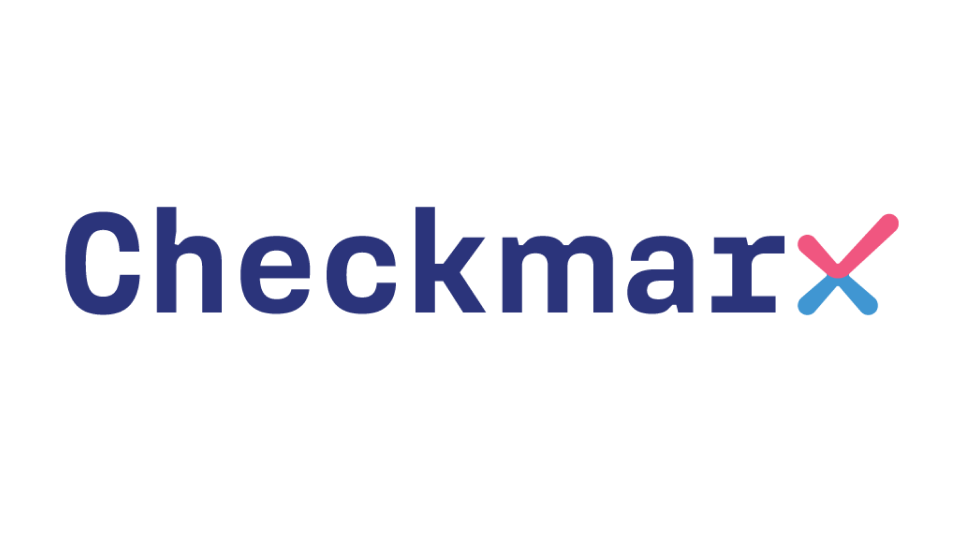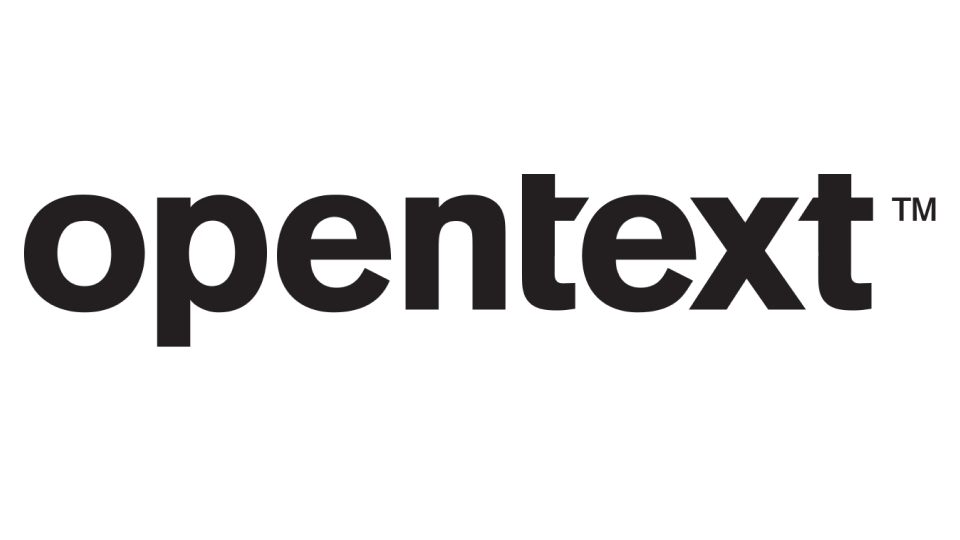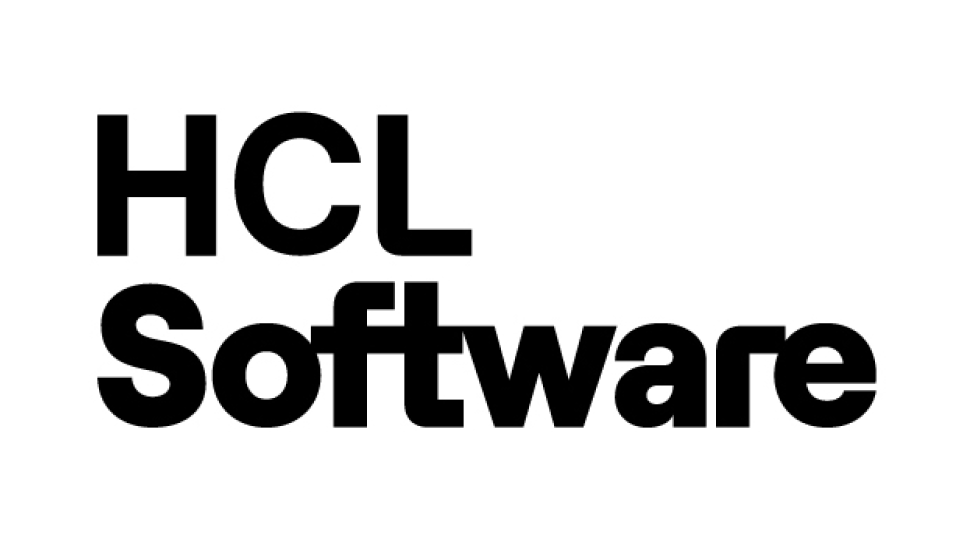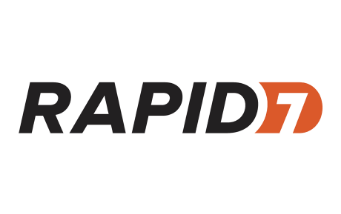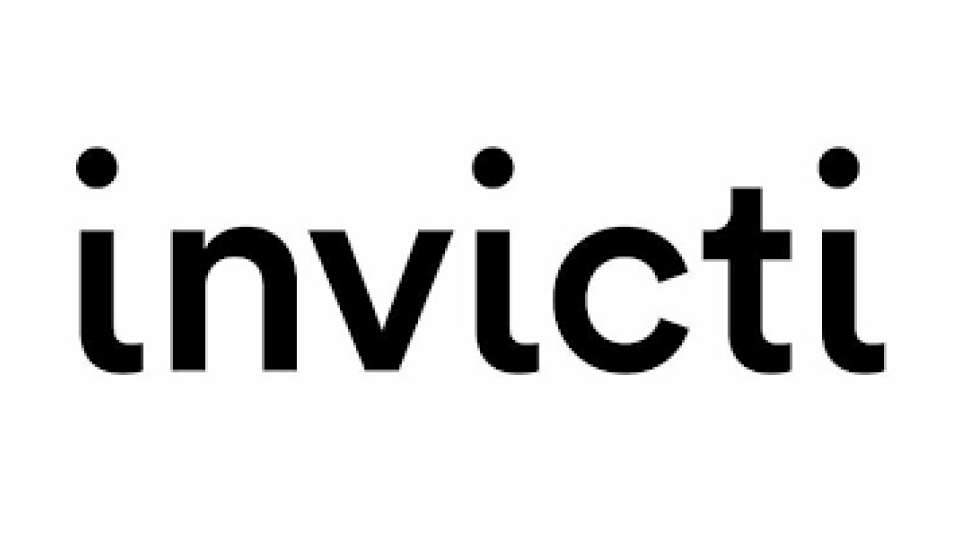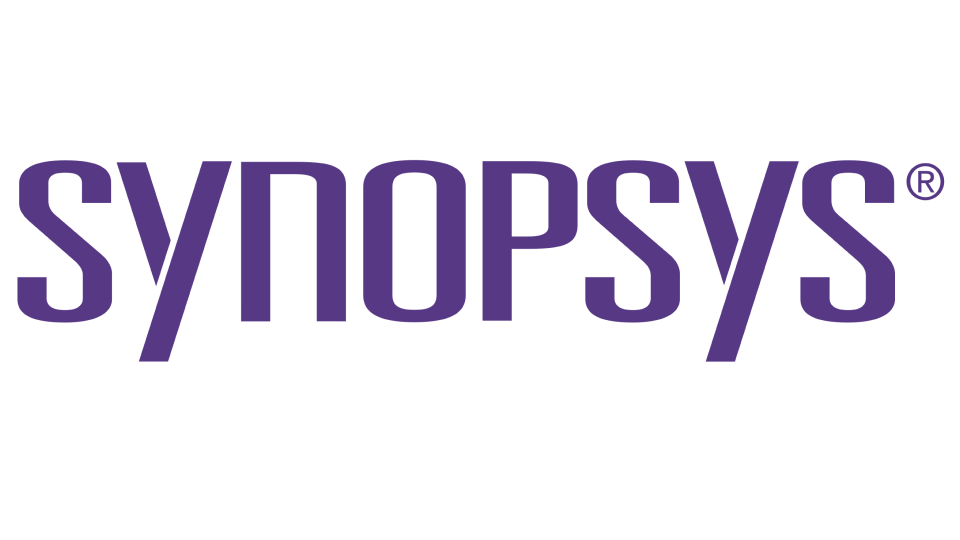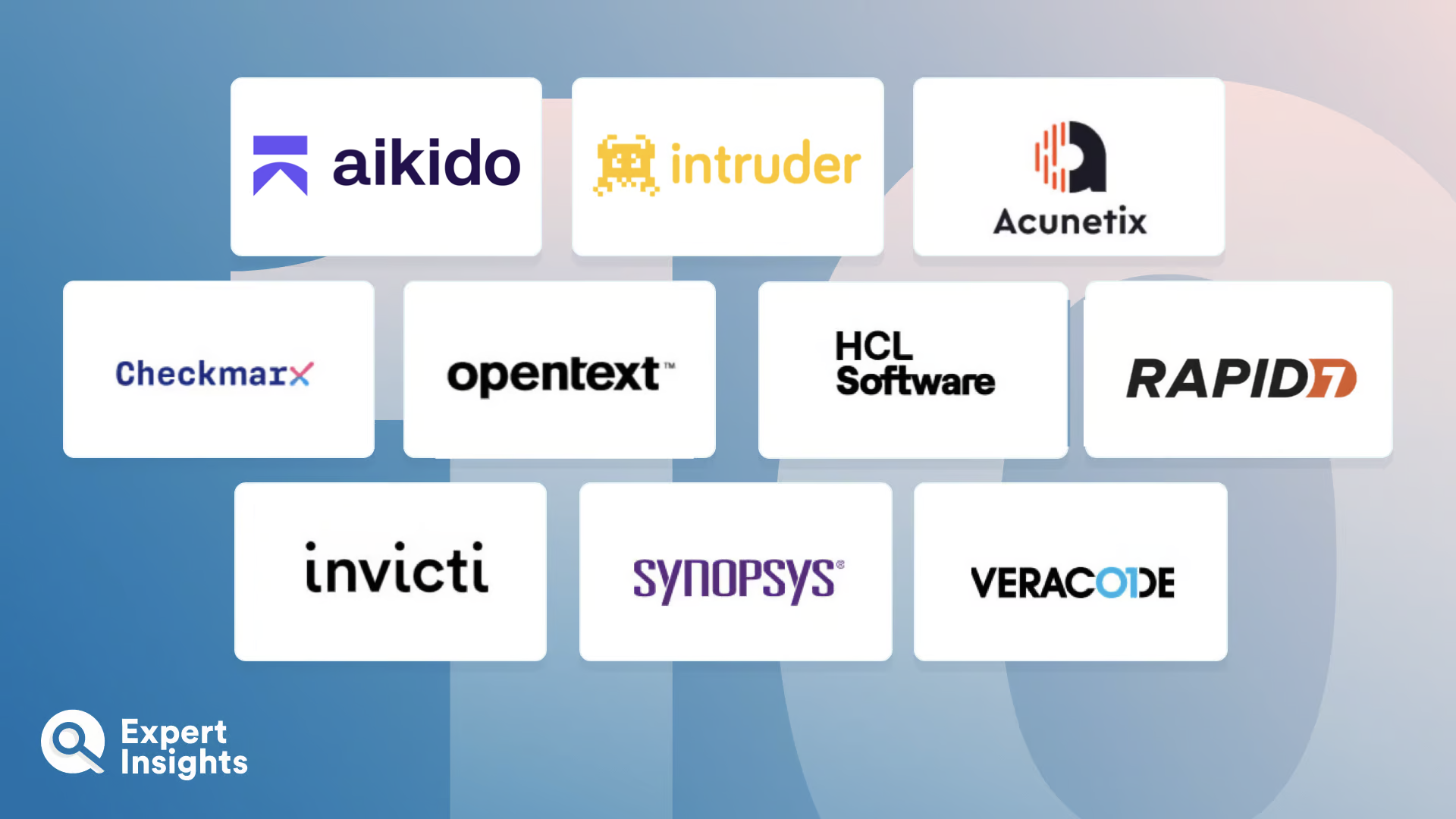Everything You Need To Know About Dynamic Application Security Testing Tools (FAQs)
What Is Dynamic Application Security Testing (DAST)?
Dynamic Application Security Testing (DAST) is the process of using simulated attacks (also called “penetration tests”) to find vulnerabilities in a web application while it’s still in production. These simulated attacks are carried out through the front end of the application, enabling the DAST scanner to analyze the app just as an external threat actor would. As web apps evolve during production, DAST tools continue to scan them frequently to ensure that risks are picked up and resolved quicky and efficiently.
Web applications are integral to many businesses processes, both public-facing (such as eCommerce stores) and internal-facing (such as financial, HR, sales, content management, and marketing systems). If an application is rolled out with vulnerabilities, an attacker could exploit those vulnerabilities via an attack such as an SQL injection or cross-site scripting (XSS), and steal the data stored not only in that application, but anywhere on the victim’s network. This can greatly harm the organization the bought and deployed the app, as well as lead to the financial and reputational damage of the company that developed it.
By building DAST into the software development lifecycle early on, developers can identify and remediate vulnerabilities in their applications before they’re made available to the public—and to cybercriminals. Not only does this reduce the chance of a data breach down the line, but it also makes the vulnerability cheaper to fix.
However, DAST tools aren’t the only form of web application security out there. Many development teams combine DAST tools with Static Application Security Testing (SAST) tools, which analyze the source code of an application for vulnerabilities. Using both DAST and SAST together enables development teams to gain a comprehensive view of their application’s attack surface, from the outside in (DAST) and the inside out (SAST).
You can read our guide to the Top SAST Tools here.
How Do DAST Tools Work?
DAST tools continuously analyze web applications that are in production from the front end, scanning for run-time vulnerabilities that a cybercriminal could try to exploit. These scans usually involve checking access points via HTTP, carrying out simulated attacks using various known vulnerabilities and risk user actions, and testing the application’s API service by sending verification requests and incorrect data.
Most DAST scanners are made up of two components that carry out these checks: a crawler and an analyzer. The crawler goes through every link on every page within the application, examines the contents of files, and presses buttons. This gives the development team insight into the different ways that an attacker could interact with the app. The analyzer, on the other hand, both passively studies the information provided by the crawler, and actively sends requests with incorrect data to the application. It then uses the app’s responses to those incorrect requests to identify vulnerabilities.
When they find vulnerabilities, DAST tools automatically alert the development team, and create a report of how an attacker could remotely exploit that vulnerability. Some DAST solutions also offer a “attack replay” feature that guides development teams through the discovery and potential exploitation of the vulnerability, so it’s easier for them to locate and remediate it.
As well as discovering vulnerabilities, development teams can use DAST solutions to identify misconfigurations within their applications, as well as highlight any problems with the end user experience. They can also use DAST tools to help streamline regulatory compliance; some development companies use the OWASP Top 10 list of vulnerabilities as a compliance benchmark for application security, and a DAST cool can provide evidence that a development company is evaluating their applications and remediating those vulnerabilities.
What Features Should You Look For In A DAST Tool?
There are a few key features that you should look for in any strong DAST tool:
- Most organizations today use multiple web applications, each of which may contain multiple vulnerabilities. Attackers know this, and often try to compromise an organization via an unused or legacy service, then use that compromised service as a foothold to spread their attack laterally throughout the network. The best DAST tools should use domain data and SSL certificates to identify all of your web apps, then scan each of those assets for vulnerabilities—no matter what programming languages have been used to develop them.
- Comprehensive testing. Web applications can be very complex—it’s important that your chosen DAST tool has comprehensive crawling and analysis functionality that enable it to scan newer technologies powered by JavaScript and AJAX—not just HTML. Many apps also include features or functions that are only accessible after a user has logged in. To ensure those features are secure, you should look for a DAST solution that offers authenticated scanning.
- API scanning. Lots of modern web applications are built using a combination of custom code and open-source or third-party code that’s accessed via web APIs. So, your DAST tool should be able to scan those APIs, with support for common API formats, including WADL and OpenAPI.
- Remediation support. The best DAST tools offer in-depth, actionable vulnerability reports that help developers to quickly identify and remediate security issues. These should be generated automatically and include details on the severity of the issue. Some DAST tools also offer root cause analysis; others offer “attack replay” features that give proof the exploit exists, helping to reduce false positives; others still offer recommended remediation actions.
- Compliance reporting. Web apps must often comply with federal and industry data privacy and security compliance requirements. This is particularly common for apps built for use in highly regulated industries such as healthcare, finance, or government. You should look for a DAST tool that can help automate compliance reporting by providing out-of-the-box reporting templates for your specific requirements, or enabling you to build custom reports. These can help you identify issues that need addressing, as well as prove to compliance bodies that you’re regularly testing your application’s security.
- Your chosen DAST solution should integrate seamlessly with your existing development environment, including any issue-tracking tools, continuous integration solutions SAST or IAST tools, and your development and testing workflows. Usually, these integrations come in the form of APIs.
- Automatic, continuous testing. Any DAST solution worth its salt should enable you to schedule frequent, ongoing scans to help reduce the period between a vulnerability appearing within your app, and it being identified and remediated. This will make it much easier and cheaper to solve any issues.



